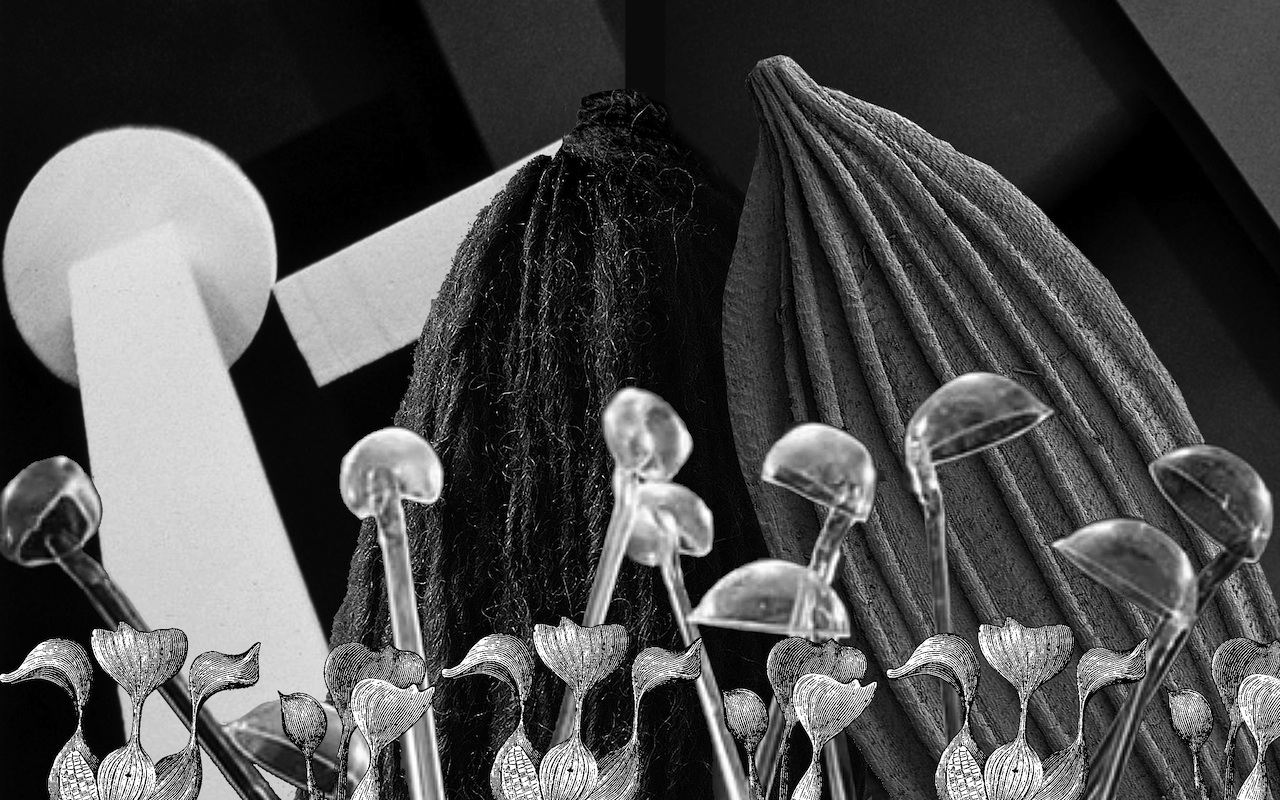Technosphere Magazine: Materials (2018)
Filed under dossier, magazine | Tags: · anthropocene, materials, matter, technosphere

“Stuff matters. In much of history, the real protagonists were the precious metals, burning hydrocarbons, superior aerogels, collapsing concrete, rare minerals, and toxic liquids. This goes for all chemical compounds, whether raw, processed, or newly designed, geogenic, biogenic, or anthropogenic. It is the inventory and also the political, ecologic, and economic criticality of the material world within which humans will always have to situate themselves. Inert matter constitutes the raw materials of life, while organic matter changes the chemical composition of other spheres, such as the atmosphere or the lithosphere. This is what Vladimir Vernadsky and others have taught us. Yet this eons-old circulation of matter has been perturbed, on a grand scale, by the intervention of a new sphere: the technosphere.
Perhaps the largest achievement in modern science is the studying of the properties of materials. In doing so, humans have discovered tools that have reshaped the world to the extent that the Earth has intractably reformulated itself in marked contrast from its prehuman trajectories. The whole technosphere rests on the mobilization and organization of (energetic) matter: its extraction, cracking, transformation, manipulation, and finally, dispersion. As a result, the entire material world has been turned into a resource to be manipulated, consumed, or reordered. It is the industrialization of this relationship between humankind and all matter that has contributed decisively to creating the technosphere.
This dossier discusses the criticality of the material world as the spatiotemporal backbone of the technosphere and, eventually, ourselves. It presents stories of stuff, from mining to discarding, by dwelling on the pure substances themselves as well as their endless variety, but also by bringing the logistics and transversal interrelations between them into focus. It asks about the relationship of artifacts and craft, the blurring lines between naturalness and artificiality, and even what defines the line between living and dead material.”
With contributions by Annapurna Mamidipudi, Sophia Roosth, Nicole Koltick, Sander van der Leeuw & Daniel Niles, Elaine Gan, and Esther Leslie.
Publisher Haus der Kulturen der Welt (HKW), Berlin, March 2018
Open access
Leave a Reply

